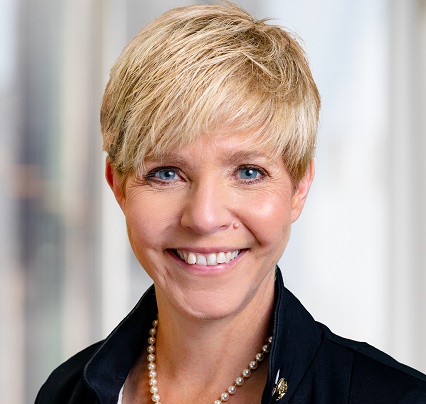News from SoCalGas CO:
Imagine cooking your meals using renewable energy made from the waste on the farm where the food was produced. Imagine taking the power of the sun during a hot summer day and being able to store it to heat your home in the winter. Sound futuristic? The fact is, these technologies – Renewable Natural Gas and Power-to-Gas — are available today and are increasingly being used around the world in the fight against climate change. They are also an important part of SoCalGas’s vision to be the cleanest natural gas utility in North America.
Renewable Natural Gas, or RNG, is made in a process that takes food and green waste, as well as the waste from farms and sewers and converts it into natural gas. It can be used like traditional natural gas to cook food and heat homes. It is not a fossil fuel and, in fact, helps cut down on greenhouse gas emissions that would otherwise escape into the air. It is used today as a transportation fuel to reduce greenhouse gas emissions and clean the air. If a city bus has a CNG sticker on it, chances are that renewable gas is fueling that bus.
To help California meet its ambitious climate goals, our company has committed to replacing 20 percent of our natural gas supply with renewable natural gas by 2030. So why 20 percent and not 100 percent?
Research shows us that replacing just one-fifth of California’s traditional natural gas with RNG would lower carbon emissions equal to converting all of our buildings to run on more expensive electric only energy. We know that for most of our customers, affordability is a top concern. You deserve affordable clean energy options. Using RNG in buildings can be 2-3 times less expensive than any all-electric solution and there is no need for homeowners or renters to buy new appliances.
Power-to-Gas is another technology we’re helping develop to store renewable wind and solar energy for days or even months. This technology takes surplus solar and converts it into hydrogen. This converted solar and wind power can be stored in existing natural gas pipelines and used when the energy is needed – even months after the solar and wind power was first produced.
Today, when we produce too much solar and wind, we either have to turn off the power or pay other states to take it. This problem will only get worse as California moves to 100 percent clean electricity. While batteries are part of the solution, they don’t address long-term storage needs. Without long-term storage California is expected by 2025 to waste enough renewable energy each year to power Los Angeles County for more than a month.
At SoCalGas, we are working to advance these technologies, so they are readily available to help California achieve its ambitious greenhouse gas reduction goals. It’s not going to be easy. In fact, there is no clear path on how to get to carbon neutrality by 2045. And no one solution is going to do it.
It will take all of us working together to re-imagine how California’s energy infrastructure can operate as one, integrated system that maximizes emissions reduction and minimizes waste. It will require an inclusive approach – one that is technology neutral, welcomes all ideas, considers all forms of energy and encourages and allows for continued innovation.
You can support this affordable and balanced approach to meeting California’s climate goals by joining organizations like Californians for Balanced Energy Solutions, or submitting a letter to the CPUC telling them you support balanced, affordable energy and not a one-track solution. Make sure you reference proceeding R1901011.
Sharon Tomkins
Vice President, Strategy and Engagement
Southern California Gas Company
